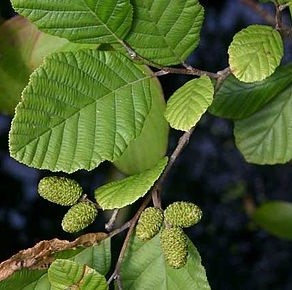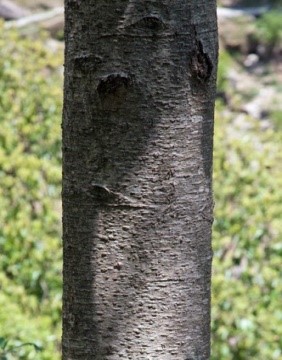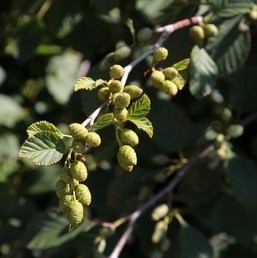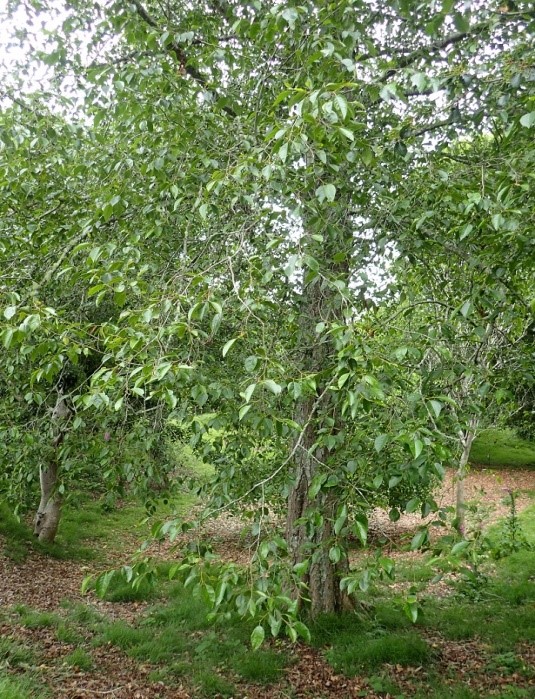Trees
Alnus nitida (Spach.) Endl.
Alnus nitida (Spach.) Endl.
Description :
A large, deciduous tree
24 to 30 m tall, with stem diameters of 0.6 to 100 cm. Leaves are simple, 5 to
20 cm long and 2.5 to 12.5 cm wide. The bark is dark brown, rough and with deep
furrows. It is monoecious. The male flowers (cones or catkins) are 12.5 to 25
cm long. The female cones are 5mm long. It flowers in August to October. The
fruit is a cone or a nut. At maturity it is between 2.5 and 6 mm in length. The
fruit matures between October and December. It can be reproduced both from seed
and by vegetative means. It is easily coppiced. Fast growing tree that can
reach heights of 24 to 30 m and diameters of 50 to 60 cm. pinkish white to
reddish white sap wood with straight, fine textured and even grains, having Specific
gravity of 0.43.
Distribution :
This tree is native to
Pakistan and India. In Pakistan it is found in the mountains of Chitral, Dir,
Hazara, and Azad Kashmir. It has been planted along roadsides, stream banks and
water courses. An intolerant tree that requires full sunlight to develop to a
mature tree. It grows well in moist situations on sandy soils. It requires a
precipitation zone of 750 to 1250 mm/yr. It prefers a sub-humid, cool,
sub-tropical winter/monsoon climate with a temperature range of -20 to 40°C,
and an elevation range of 1600 to 2900 m. It is frost hardy and has no known
insects or pest problems.
Uses :
Because of its frost
hardiness, fast growth, and nitrogen fixing properties, it is ideally suited to
be a farm forestry tree in the high valley and mountains of Pakistan especially
close to perennial streams. Also used as fodder, fuel, light construction,
nitrogen fixing, and in erosion control.



